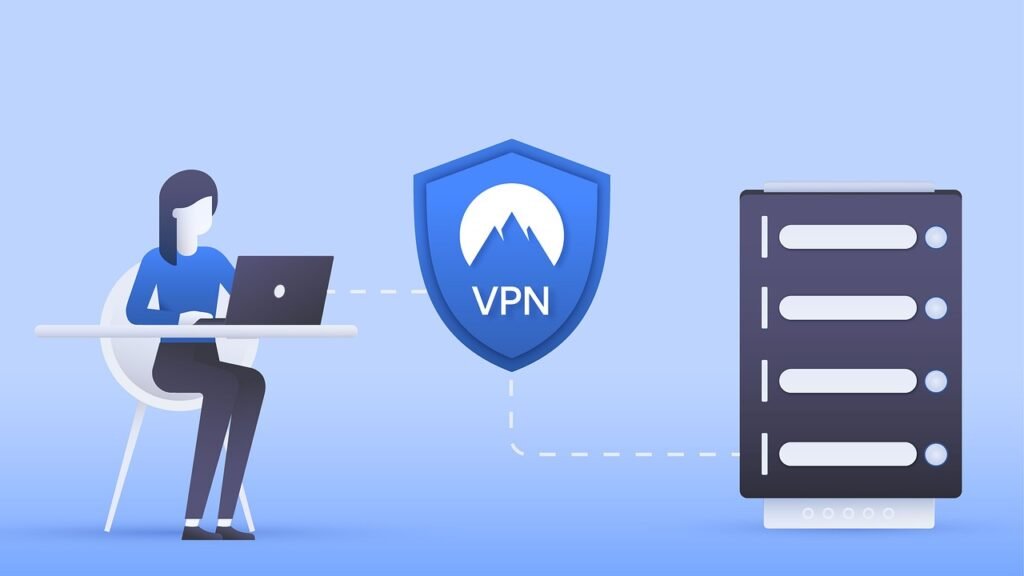Our reliance on digital devices has grown exponentially in today’s interconnected world. From personal computers to smartphones, our lives are intertwined with technology, making us more susceptible to cyber threats like malware. Malware, or malicious software, is designed to damage, disrupt, or gain unauthorized access to computer systems. This article will provide a comprehensive guide on malware removal, helping you safeguard your digital life.
Understanding Malware
Before diving into the removal process, it’s essential to understand what malware is and how it operates. Malware comes in various forms, including viruses, worms, trojans, ransomware, spyware, adware, and rootkits. Each type has a different method of infection and impact:
- Viruses: Attach themselves to legitimate programs and spread when they are executed.
- Worms: Spread independently, often exploiting network vulnerabilities.
- Trojans: Disguise themselves as harmless software but perform malicious actions once installed.
- Ransomware: Encrypts files and demands payment for decryption keys.
- Spyware: Secretly monitors and collects user information.
- Adware: Displays unwanted advertisements, often leading to further infections.
- Rootkits: Conceal their presence and provide privileged access to hackers.
Signs of Malware Infection
Identifying a malware infection early is crucial for effective removal. Common signs include:
- Slow Performance: A significant decrease in device speed or frequent crashes.
- Pop-up Ads: Unwanted advertisements appear frequently, even when not browsing the web.
- Unusual Behavior: Programs opening or closing automatically, or the device acting erratically.
- New Icons or Programs: Unrecognized applications or icons appearing on your desktop.
- Disabled Security Software: Antivirus programs becoming disabled or unresponsive.
- Redirected Browsing: Being redirected to unfamiliar websites while browsing.
Steps for Malware Removal
If you suspect your device is infected with malware, follow these steps to remove it:
- Disconnect from the Internet:
Disconnecting from the internet can prevent the malware from spreading or communicating with its control server.
- Enter Safe Mode:
Booting into Safe Mode restricts your device to essential functions, making identifying and removing malware easier. For Windows, restart your device and press F8 before the Windows logo appears. Select Safe Mode with Networking. For macOS, restart and hold the Shift key.
- Use an Antivirus or Anti-Malware Program:
Run a full scan using a reputable antivirus or anti-malware program. Some popular options include Malwarebytes, Norton, Kaspersky, and Bitdefender. These programs can detect and remove most malware.
- Delete Temporary Files:
Removing temporary files can help speed up the scanning process and eliminate some forms of malware. Use the Disk Cleanup tool on Windows or a third-party app for macOS.
- Check for Unwanted Programs:
Go to your device’s list of installed programs and uninstall any suspicious or unfamiliar software. Be cautious, as some malware may disguise itself with legitimate names.
- Reset Browser Settings:
Malware often alters browser settings to redirect you to malicious websites. Reset your browser to its default settings and remove any suspicious extensions or add-ons.
- Update Your Software:
Ensure your operating system, antivirus, and all other software are up-to-date. Updates often include security patches that can prevent future infections.
- Restore from Backup:
If the malware has caused significant damage, consider restoring your system from a recent backup. Ensure the backup is free from malware before restoring.
- Professional Help:
If you can’t remove the malware or your device is severely compromised, seek professional assistance. Cybersecurity experts can employ advanced techniques to clean your device.
Preventing Future Infections
Removing malware is only part of the solution. Implementing preventative measures is crucial to avoid future infections:
- Use Comprehensive Security Software:
Invest in a robust antivirus or internet security suite with real-time protection, firewall, and anti-phishing features.
- Practice Safe Browsing:
Avoid clicking on suspicious links, downloading unknown files, or visiting untrustworthy websites. Be cautious of email attachments from unknown senders.
- Enable Automatic Updates:
Ensure your operating system and all software are set to update automatically so you receive the latest security patches.
- Use Strong Passwords:
Create complex passwords for your accounts and change them regularly. Consider using a password manager to keep track of them.
- Backup Regularly:
Regularly back up your data to an external drive or cloud service. This ensures you can recover your information in case of an infection.
- Educate Yourself:
Stay informed about the latest cyber threats and security practices. Understanding the tactics used by cybercriminals can help you stay one step ahead.
Malware removal is a crucial skill in today’s digital landscape. Following the steps outlined in this guide, you can effectively remove malware from your devices and implement strategies to prevent future infections. Remember, a proactive approach to cybersecurity is essential for protecting your digital life from ever-evolving threats. Stay vigilant, stay informed, and stay secure.


